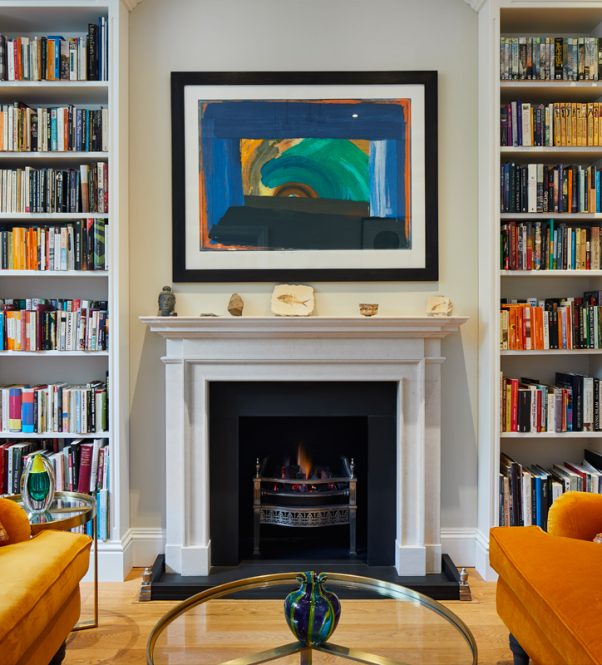
How best to use your stove
Using and maintaining your stove in the correct way will contribute to its efficiency and longevity and maximise the beneficial effect that its use will have on the environment.


Using and maintaining your stove in the correct way will contribute to its efficiency and longevity and maximise the beneficial effect that its use will have on the environment.

fuelIt is essential that you burn seasoned dry firewood with a moisture content of less than 20%. Burning wet wood will adversely affect the performance of your stove, creating tar deposits in the chimney and causing the glass in the stove door to blacken. Use of a moisture meter will allow you to check that the moisture content of any wood that you are intending to purchase is satisfactory. If you are supplying your own firewood, it should be stored for at least a year after cutting and splitting to enable it to dry out. Storage should be in a dry well aired location. Hardwood will generally burn for longer than softwood and the latter will make better kindling as it lights easily. Sources of wood such as decking, fencing, demolition materials, painted or treated wood, driftwood or rubbish should under no circumstances be used as fuel for your stove. We would strongly recommend that for environmental reasons wood is used as the fuel for your stove. chimney draughtA good chimney draught is essential if you are to obtain the optimum performance from your stove. There are many variable factors that affect the performance of a chimney and your local Chesneys stockist will be able to advise you on the suitability of your chimney for use with a stove. If you do not have a chimney it is possible to have a prefabricated chimney system installed. It is important that you have your chimney cleaned once a year by a NACS (National Association of Chimney Sweeps) registered sweep. We strongly recommend that your stove is installed with a flue liner as this will ensure maximum efficiency and that there is no carbon monoxide leakage from your chimney.
|
maintenanceThe door seals of the stove should be regularly checked to ensure that there is an airtight seal. If the sealing rope is not intact it will result in draughts entering the stove which affect its combustion efficiency. The fireproof bricks that line the stove should also be checked for signs that they may be starting to crumble. It is acceptable for cracking to be seen but not disintegration of the bricks as this will reduce the insulation in the firebox leading to low temperatures and inefficient combustion. provision of ventilationAll stoves require air for combustion. To comply with Building Regulations (Document J 2010) any stove with a maximum heat output of over five kilowatts will require its own dedicated supply of air by means of an air vent. The 5WS, 8WS and 12 series wood burning stoves come fitted with an air kit which draws all the air for combustion and refuelling from outside, for a room-sealed appliance. installationYour stove and flue must be installed by a member of a government approved Competent Person Scheme that is authorised to install solid fuel and wood burning appliances, such as HETAS. HETAS is the governing body for the installation of wood burning and solid fuel appliances and its approved installers have all completed the training course necessary to obtain accreditation.
|
I recently spoke with a client who came into the showroom with a particular, yet common request. They were renovating a beautiful apartment in the city, but had hit a stumbling block: there was no chimney. “We need a fake fireplace,” they told me, sounding almost apologetic. “We want the beauty of a flame, but…
Read More ALL NEWSChesneys have a range of accessories that include contemporary and traditional fire tools, fire screens and a selection of interior panels.
Some impressive projects from Chesneys & our design partners


Designer Fireplaces

Designer Fireplaces

Designer Fireplaces

Designer Fireplaces